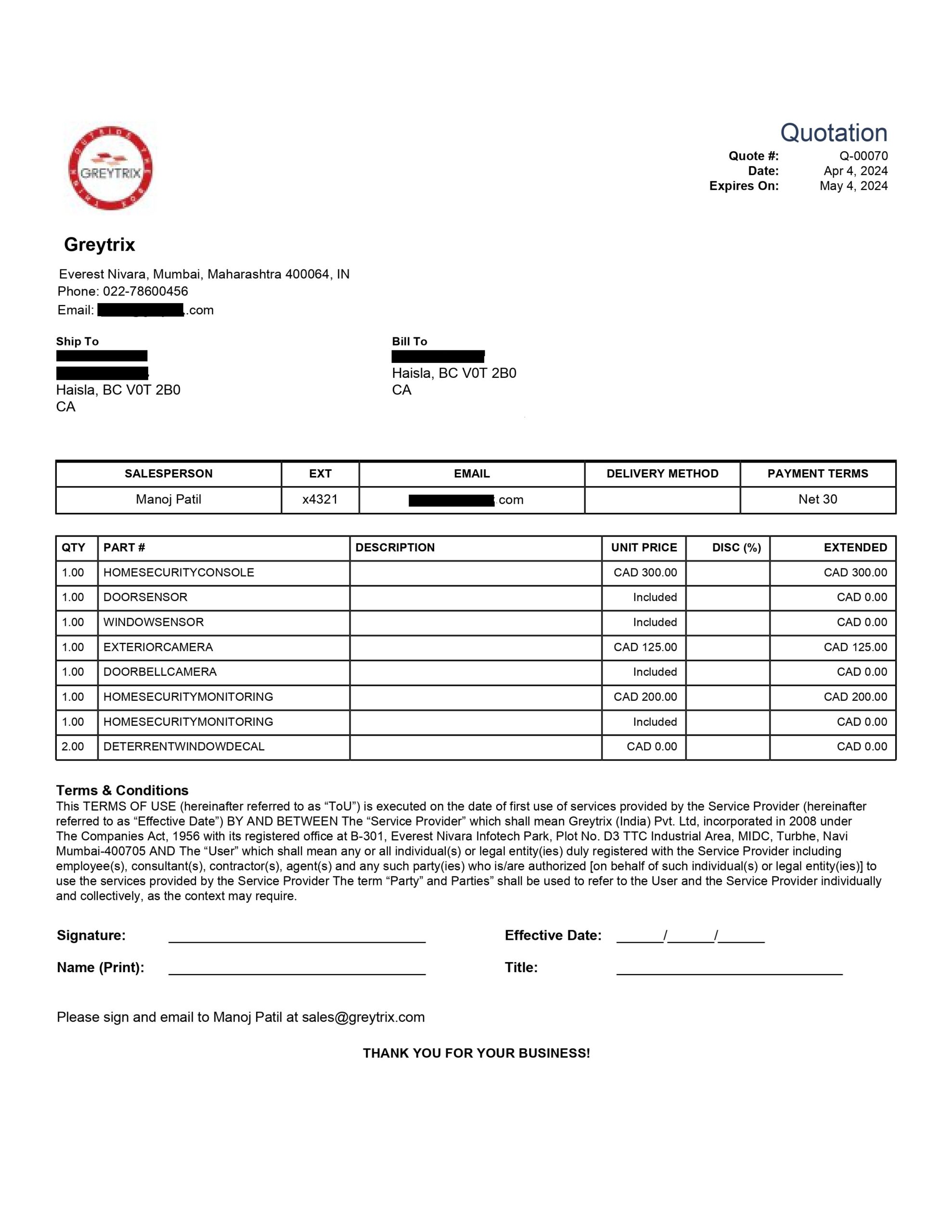In today’s competitive business landscape, sales teams are under constant pressure to deliver faster turnaround times with impeccable accuracy. Complex product configurations, intricate pricing models, and time-consuming quote generation often pose significant challenges in the sales pipeline. Salesforce Configure Price Quote (CPQ) is a powerful solution designed to streamline these crucial processes within the Salesforce ecosystem.
What is Salesforce CPQ ?
Think of CPQ as your secret weapon within Salesforce that enables you to prepare Quotes swiftly and precisely. This solution allows your sales team to:
- Configure Products and Services without a Hitch: Streamline correct product bundles and service combinations for better customer experience.
- Automate Accurate Pricing: Get rid of manual computations, and price mistakes through automated rules incorporating discounts, and volume breaks, among others.
- Minutes’ Quotes Generation: Develop well-crafted quotations that project your brand identity and product portfolio effectively leading customers towards them.
- Scalability for Growth: It’s designed for even complex product structures and high volumes of quotes in place. As you increase your business activities, it changes to fit those new requirements.
Taking the First Steps with Salesforce CPQ:
Implementing a successful CPQ procedure result from thoughtful planning and embracing teamwork. Here is an operating blueprint:
- Assessment and Planning: Start with a thorough examination of your current sales process. Identify areas for improvement by involving key stakeholders from sales, finance, and IT. Gather requirements and set clear goals for CPQ implementation.
- Prepare Your Salesforce Environment: Optimize your Salesforce instance for CPQ use. This includes enabling relevant CPQ features, configuring user permissions and profiles, and installing the Salesforce CPQ managed package.
- Configure Your Product Catalog: Define and organize the products in your CPQ system. Key elements include:
- Product Hierarchy: Group items into categories, subcategories, and bundles for easy navigation.
- Product Options: Include related products or services to enhance upselling and cross-selling opportunities.
- Pricing Rules: Establish a pricing strategy with base prices and discounts, and set up approval workflows if necessary.
- Implement Pricing and Discounting: Develop various pricing models to meet different customer needs, such as:
- Catalog Prices: Determine the starting price for each item in your catalog.
- Discount Tables: Introduce volume discounts or tiered pricing systems to encourage bulk purchases.
- Conditional Price Rules: Automate price adjustments based on factors like product combinations or order quantity.
- Develop Professional Quote Templates: Design quotation templates that are visually appealing, yet consistent with your brand. Ensure that these templates have all necessary data fields and formulas to deliver unambiguous quotes that are correct to customers.
- Invest in User Training: Equip your sales team with comprehensive knowledge of CPQ through training sessions, user manuals, and ongoing support to ensure a smooth transition and quick adaptation.
- Conduct Thorough Testing and Validation: Before launching CPQ to your customers, evaluate all possible configurations and workflows. This includes unit testing individual functionalities, integration testing with other Salesforce components, and user acceptance testing (UAT) to gather feedback from your sales team.
- Deploy and Monitor: Once testing is complete and any issues are resolved, deploy Salesforce CPQ in your production environment. Continuously monitor system performance and gather feedback from the sales team to identify areas for further optimization.

Best Practices for Long-Term Success
- Maintain Stakeholder Engagement: Ensure ongoing communication about the CPQ process and its impact with all relevant stakeholders.
- Embrace Documentation: Document your CPQ configurations, processes, and best practices to navigate future challenges smoothly.
- Prioritize Regular Updates: Salesforce CPQ evolves continuously. Stay informed about new features and security patches to enhance performance, improve user experience, and effectively utilize new functionalities.
- Promote Continuous Learning: Offer continuous training and resources to empower your sales team to maximize the benefits of CPQ.
By following these steps as well as best practices, you can transform your sales process through Salesforce CPQ. With faster quote generation, and reduced mistakes plus enabling your sales team to close more deals promptly thus increasing client satisfaction.
By following the above blog instructions, you will be able to learn “How you can streamline the Sales Process using Salesforce CPQ.”
More details about the product are available on our website and Salesforce AppExchange.
We hope you may find this blog resourceful and helpful. However, if you still have concerns and need more help, please contact us at salesforce@greytrix.com.
Related Posts
